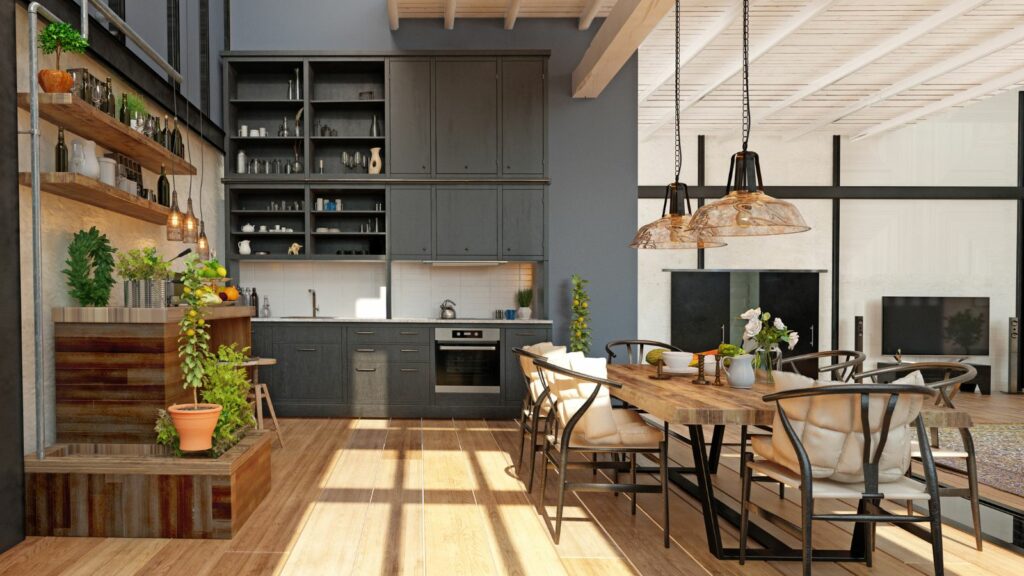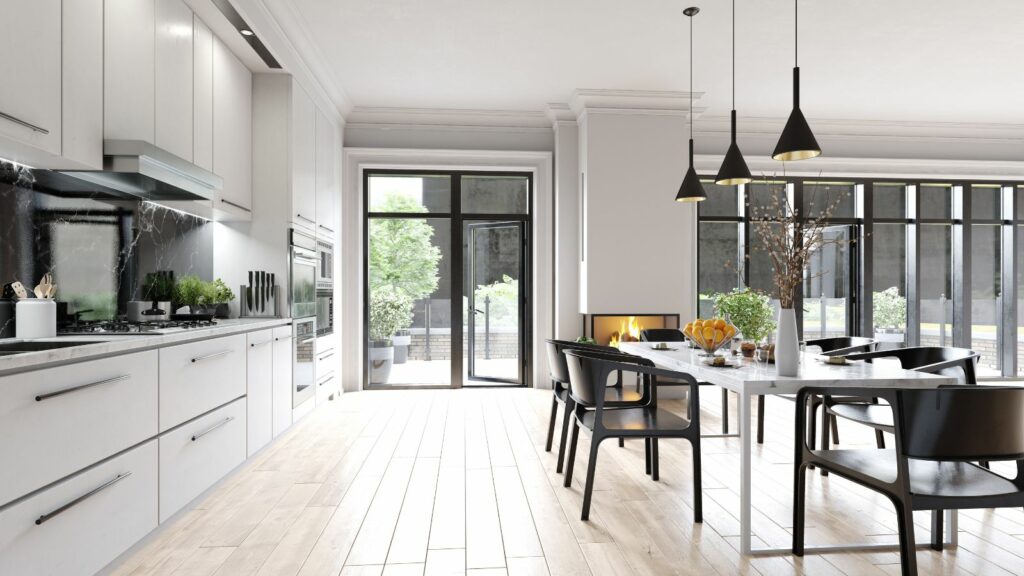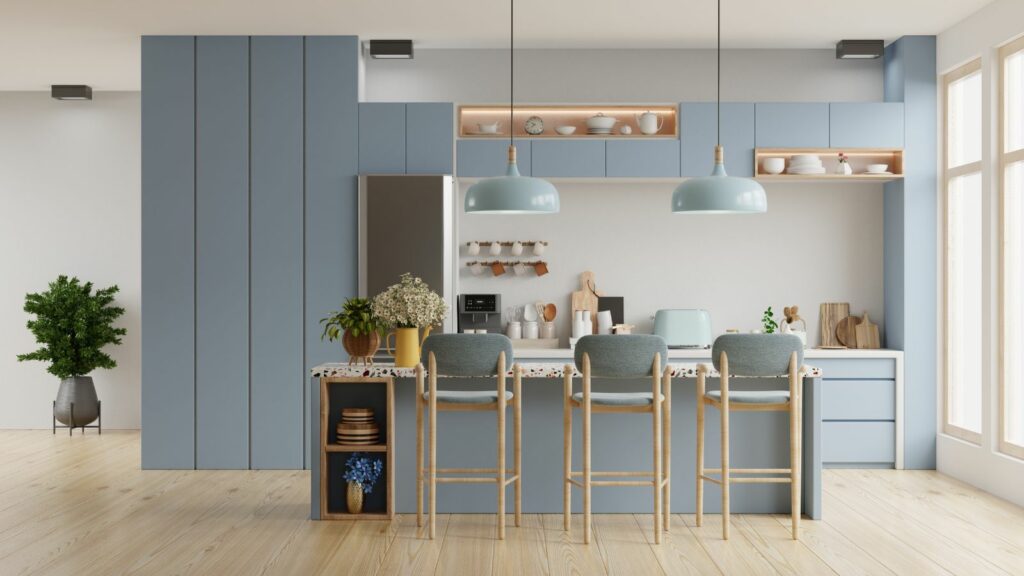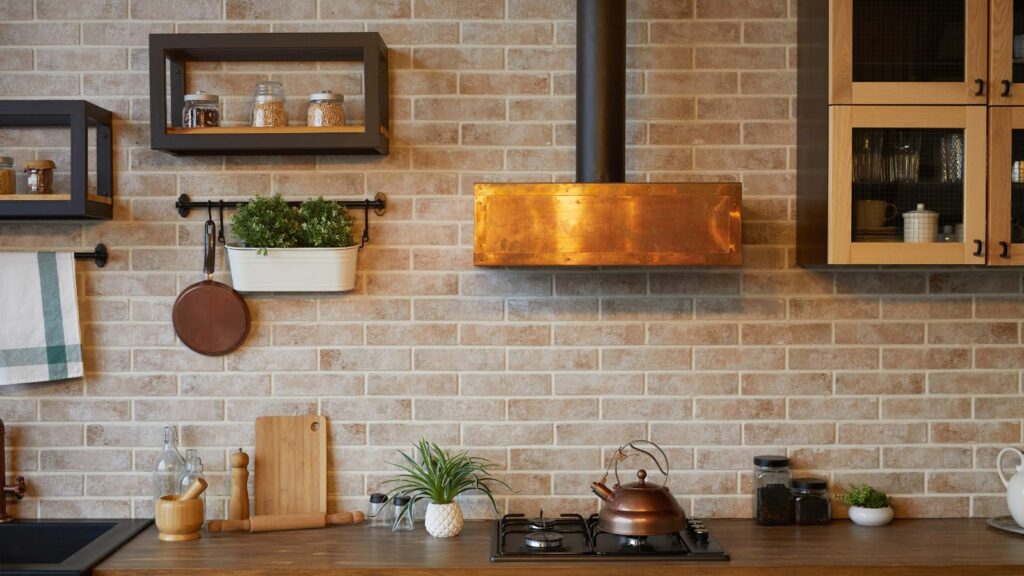In the heart of every home, the kitchen reigns supreme. It’s where meals are created, stories are shared, and memories are made. But what if this central hub could be transformed into a haven of simplicity and functionality? Welcome to the world of Innovative design and minimalist kitchen decor.
Minimalist decor isn’t just about having fewer items. It’s about thoughtful design, clean lines, and an emphasis on functionality. It’s about creating a space that’s not only visually appealing but also easy to maintain and enjoyable to use.
Minimalist Kitchen Decor

Grasping the core idea of minimalist kitchen decor relies heavily on the principles of simplicity and functionality. In this context, it’s handy to delve into minimalist design and the distinctive traits of minimalist kitchens.
Minimalist design represents an artistic movement that advocates for simplicity in form and function. It originated in the 20th century and has been influential in various fields, from architecture to product design. Minimalist design draws from the belief that less is more, putting emphasis on the elements present, providing space for them to make an impact. For example, a minimalist painting might feature only a few colors or patterns, resulting in striking visuals. When applied to kitchens, minimalist design revolves around the reduction of unnecessary elements, allowing the functional parts to take center stage.
Key Characteristics of Minimalist Kitchens
Minimalist kitchens heavily lean on a few key principles:

- Simplicity: A minimalist kitchen cuts out unnecessary clutter, focusing only on essentials. For instance, countertops are clean, free of superfluous appliances and decorations.
- Functionality: Every item in a minimalist kitchen serves a defined purpose. There’s no room for redundant tools or appliances. The focus on functionality, as seen in a cabinet whose interior is outfitted with organized storage, strikes a balance between aesthetics and use.
- Clean Lines: Minimalist kitchen decor incorporates streamlined structures, creating an organized appearance. The use of flat-panel cabinetry, devoid of detailed features, exemplifies this.
- Monochrome Color Scheme: Minimalist kitchens gravitate towards neutral, monochrome palettes. Whites, blacks, and greys dominate, offering a sense of tranquility and unity.
By understanding and implementing these specific characteristics, one can truly embrace the minimalist approach in their kitchen space.
Benefits of Minimalist Kitchen Decor

Reaping benefits from a minimalist kitchen decor isn’t merely confined to aesthetics. Beyond the visually appealing environment, it brings additional pragmatic benefits that serve to enhance the overall kitchen experience.
One clear advantage of minimalist decor lies in the simplicity it brings to cleaning and maintenance tasks. Clutter and unnecessary items are drastically reduced, resulting in fewer obstacles during cleaning. There are less decorative elements collecting dust, fewer crevices for spills or grease to hide in. This reduction simplifies the cleaning process; wiping surfaces and keeping the kitchen in immaculate condition becomes achievable with minimal effort.
Enhancing Kitchen Space and Functionality
Incorporating minimalist decor in a kitchen directly enhances its space. Since minimalism inherently maximizes function while minimizing form, kitchen spaces become less crowded and more functional. Essential items, such as pots, pans, utensils, and appliances, are given priority and organized efficiently.
Building upon the fundamentals of minimalist kitchen decor, let’s delve deeper and understand the specific elements that define this design style. It’s in the usage of color schemes, materials, furniture, and appliances that the true essence of minimalist style shines through.
Color Schemes and Materials
In minimalist kitchen decor, color schemes take on minimalistic hues. Predominantly, these kitchens flaunt a monochrome or duotone palette. Wall colors, cabinet hues and countertop choices generally gravitate towards white, black, or variations of grey. These shades not only enhance the overall aesthetic, but also create an illusion of more space. Additionally, the usage of organic materials such as wood, stone, and steel further complements the minimalist design ethos.
When it comes to furniture and appliances, minimalism dictates the rule of “less is more”. Priority is given to items that are essential to the function of the kitchen. Standard pieces such as the oven, refrigerator, and dishwasher reign supreme, while small appliances that aren’t daily necessities are neatly stowed away.



